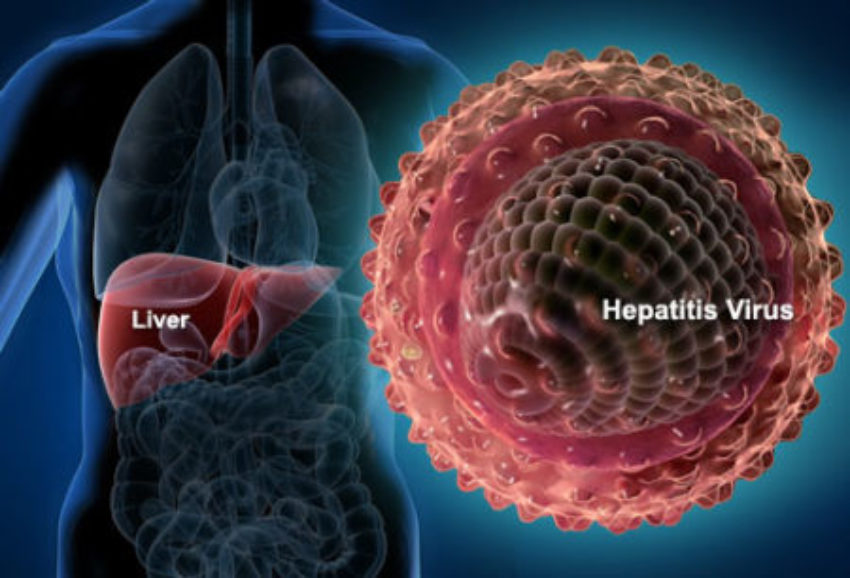
Medications today can cure hepatitis C virus infection in only a few months and prevent liver cancer and severe liver damage from chronic infection. However, most patients in safety-net primary care practices are not being screened for the virus—even those most at risk.
“It is estimated that 1.5 million people in the U.S. have chronic HCV infection and don’t know it. It’s a huge public health issue,” said Raudel Bobadilla of the university’s Center for Research to Advance Community Health (ReACH) Center. South Texas is disproportionately affected by liver cancer.
Small practices that manage uninsured patients lack the infrastructure necessary to accomplish widespread HCV screening, a team of researchers from the Long School of Medicine discovered. Nationally, screening rates are less than 20%.
The researchers tested a screening intervention program at five federally qualified health centers and one family medicine residency program that serve low-income communities with largely Hispanic populations. The program is supported by a grant from the Cancer Prevention and Research Institute of Texas (CPRIT) and the Centers for Medicare and Medicaid Services.
“Our program…aims to arrest the rise in Texas liver cancer by building the capacity of primary care settings to screen for HCV infection as well as to manage and treat infected patients within their medical home through teleconsultation,” said study co-author Andrea Rochat of the Long School of Medicine. Rochat is a senior research coordinator with the ReACH Center.
The program, called Screen, Treat or Prevent Hepatocellular Carcinoma and Hepatitis C Virus (STOP HCC-HCV), increased screening rates at the six health centers in baby boomers—the post-World War II generation most at risk—from less than 1% to 48%. Results were published in December in the journal Annals of Internal Medicine.
“In the practices we studied, HCV screening of baby boomers was not happening at baseline,” said study senior author Barbara J. Turner, M.D., who led the study at the Long School of Medicine and is transitioning to the University of Southern California’s Keck School of Medicine.
The program also supported teleconsultation specialist support and training so that primary care physicians could treat uninsured patients with chronic HCV infection who cannot access specialist care but are able to receive HCV medications through programs for low-income patients. Ninety-five percent of the uninsured patients who started treatment during the program were cured.
HCV infection is underdiagnosed and can persist in a patient for decades before presenting symptoms. The U.S. Preventive Services Task Force in 2013 recommended one-time HCV screening for everyone born in 1945 through 1965. Three-fourths of people infected with HCV are in that age group and were infected years ago due to less-effective sterilization in health care delivery, injection drug use and blood transfusions before HCV screening.
Since 2013, the prevalence of HCV has increased in younger people, and oral direct-acting antiviral medications have been introduced to treat the disease safely and quickly.
The Preventive Services Task Force in August 2019 released a draft recommendation statement seeking public input on expanding one-time screening for HCV infection to all adults ages 18-79.
“Although these guidelines are still considered to be a draft, the field recognizes that these will likely become formal guidelines soon,” said study co-author Sarah Lill of the ReACH Center.
The guideline requires an effective infrastructure within primary care that will allow for screening, treatment and long-term management. The program can be used to create future models for the screening of all adults for the virus, Rochat said.
According to the American Cancer Society, 4,300 Texans were diagnosed with liver cancer in 2019 and 2,800 died of the disease. Worldwide, long-term infection with hepatitis C and hepatitis B virus is the most common risk factor for liver cancer.
“The take-home message is that we have national guidelines to test every baby boomer and may shortly have recommendations to test all adults for HCV, but we need to develop and support the infrastructure to put screening and management into place for vulnerable populations,” Dr. Turner said.
Read more about the program.

